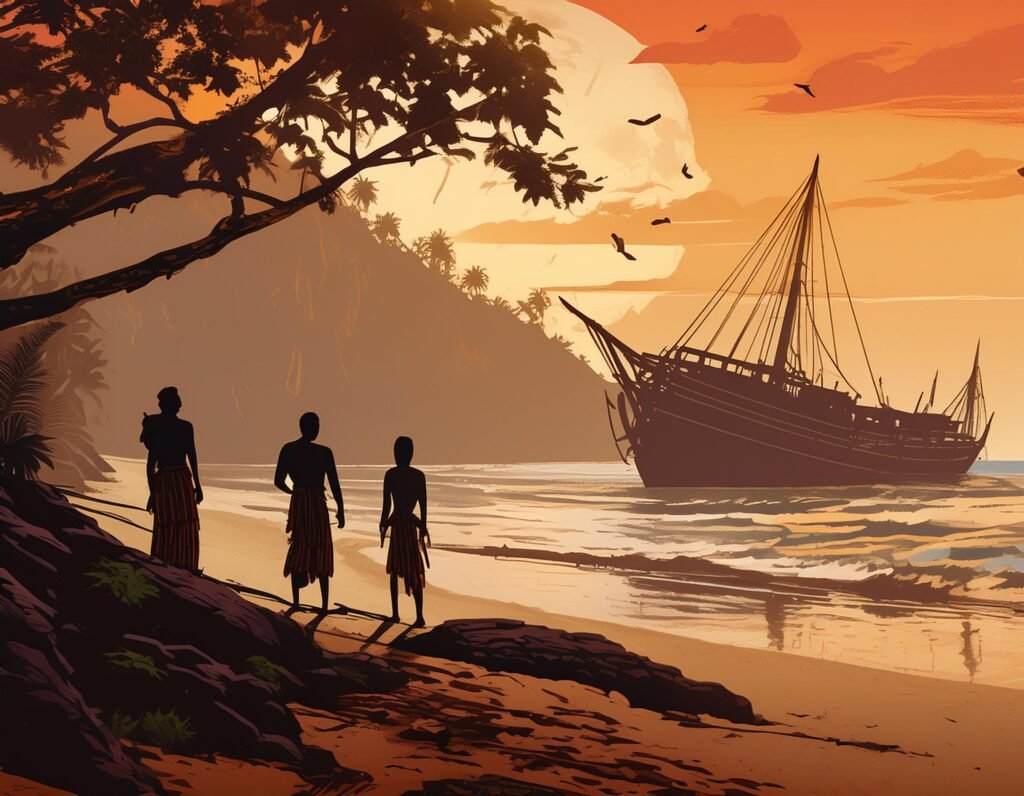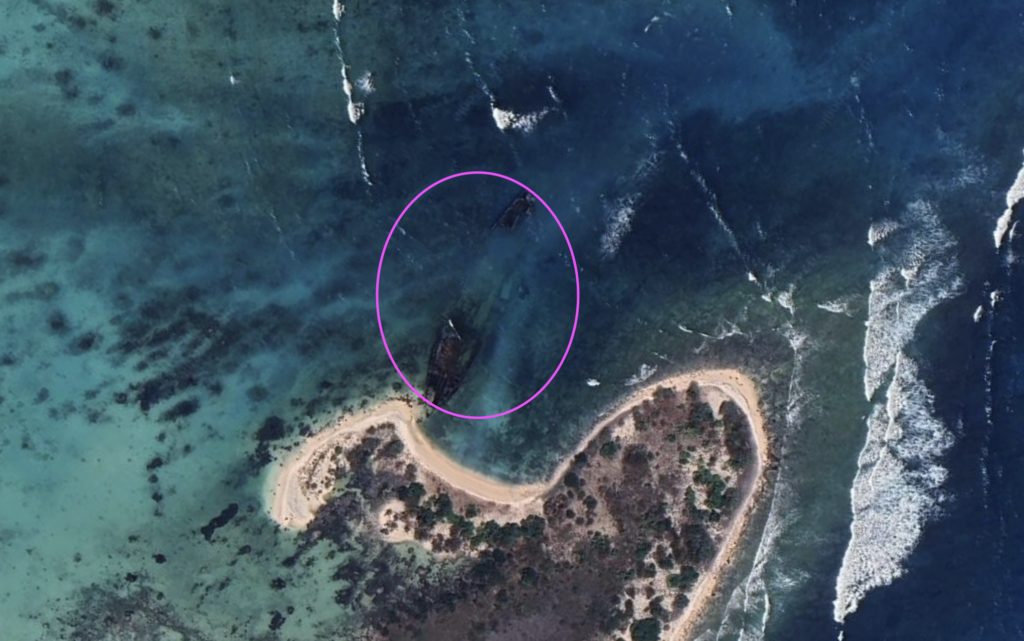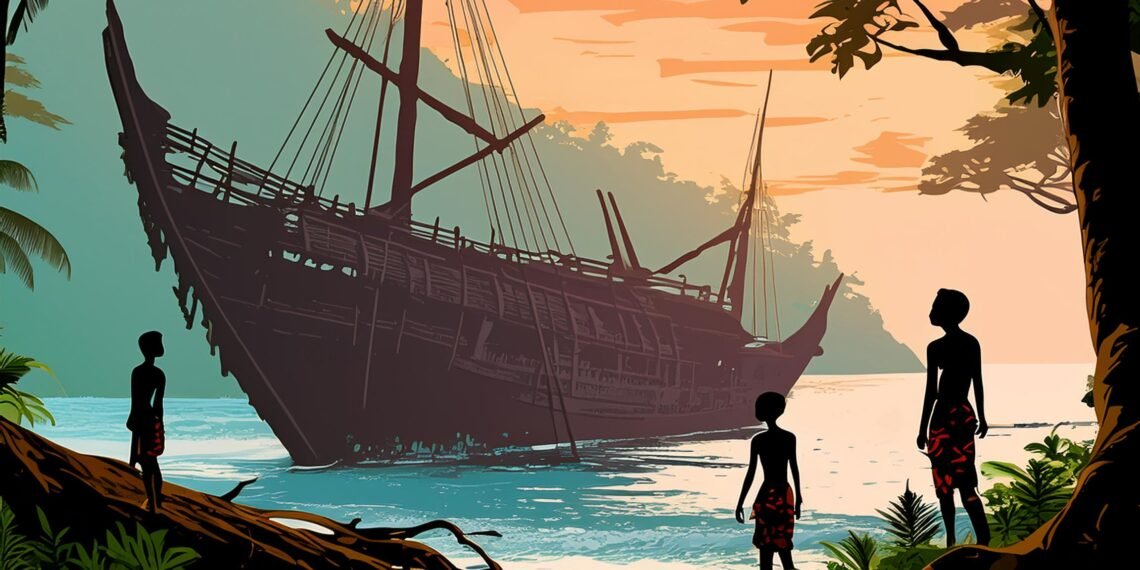At the most, it all started from the way some people from the West fetishised the tribes of the Andaman and Nicobar islands; in one such disastrous account, Marco Polo paints the picture of the Andamanese as—“a most brutish and savage race, having heads, eyes, and teeth like those of dogs. They are very cruel, and kill and eat every foreigner whom they can lay their hands upon”—this was before Polo visited any of the islands! Obviously, it was probably a gimmicky addition to his works.
How did the Sentinelese reach Andaman & Nicobar islands?

You must be wondering how the tribe got to the remote North Sentinel Island. The most widely accepted theory on this takes us to a group of Africans, who left Africa around 60,000 years ago and travelled across East Asia and India, before reaching Australia. It is believed that the Great Andamanese, Onge, Jarawa as well as the Sentinelese people owe their roots to the same Africans. In fact, most historians believe that the Sentinelese are the direct descendants of the first modern humans that made Asia home.
How and why did the Sentinelese turn into the Earth’s most isolated group of humans is a surprise, since the Onge and Jarawa have been open to communication from the outsiders.
Are the Sentinelese primitive?
Well, it might look like that the Sentinelese have lagged behind the modern world for thousands of years but, I believe, the concept of ‘modern’ has to be redefined here.
Modern, to most people, translates to hi-tech infrastructure, smooth roads, glitzy shopping centres, increasingly luxe and comfortable experiences, faster connectivity between places, schools, hospitals and more. Of course, there is none of this at North Sentinel Island.
In place, what the Sentinelse have is a surprisingly sustainable life, with the tribe co-existing with nature. Satellite surveys have shown that the forest cover on the island has remained intact, the tribe population has somehow sustained itself and has neither gone extinct nor led to overpopulation, the Sentinelese are seemingly fit people and the last recorded footage of them shows no sign of obesity.
Further, the tribe survived the devastating 2004 tsunami and other natural disasters. They also stayed untouched by the COVID-19 pandemic, which wiped off chunks of the population of even the most developed countries. In all probability, the Sentinelse have understood the more natural way of life, gauging natural disasters such as a tsunami and thus evading such onslaughts. They also know the use of fire as recorded by Trilokinath Pandit, the first professional anthropologist to land on the North Sentinel Island.

In fact, there are reports of them using iron-headed spears and arrows, hinting that they very well know how to extract iron and other useful materials from the surrounding shipwrecks.
They are also deemed primitive because they have vehemently opposed any sort of communication or interaction with the outside world. But, look closer, isn’t the choice to stay away and guard the island smarter than getting in touch; especially because they have no access to modern-day vaccines or ailments. One such interaction might just wipe out the entire tribe. Of course, with no external communication, the Sentinelese people also do not have any access to the banes of the modern world, plastics, tobacco and more.
Are the North Sentinelese outrightly violent?
A tribe that has chosen to stay disconnected from the outside world does feel like a jarring concept and it is easy to believe that they must be outrightly hostile. Factually, it has been recorded on camera that the tribe people give ample warnings and show their hostility whenever outsiders approach the island.











![They say it’s going to be a harsh summer.
We say it’s going to be a chilly vacation!
Our favourite pick of South India’s most offbeat hill stations.
[summer, travel, India] They say it’s going to be a harsh summer.
We say it’s going to be a chilly vacation!
Our favourite pick of South India’s most offbeat hill stations.
[summer, travel, India]](https://scontent-bom2-2.cdninstagram.com/v/t51.75761-15/491447958_17906810376140553_82115311286037935_n.jpg?stp=dst-jpg_e35_tt6&_nc_cat=111&ccb=7-5&_nc_sid=18de74&efg=eyJlZmdfdGFnIjoiQ0FST1VTRUxfSVRFTS5iZXN0X2ltYWdlX3VybGdlbi5DMyJ9&_nc_ohc=-RCE8TVULksQ7kNvwGVXabV&_nc_oc=Adk6udKJFb9dDHRZkNZJbqWbJmThjwHTNg6tqknF1FpJBZFcl1llXK0JJc3MKs8acfcNL7ZCkyI4UxqCBNGDMVjx&_nc_zt=23&_nc_ht=scontent-bom2-2.cdninstagram.com&edm=ANo9K5cEAAAA&_nc_gid=fxwl6hCW7MSCNkuUFO7X3w&oh=00_Afnr8R2PxVFxZhNoLV45bgabW9LGOb6iijXbjDR5Kn8O5Q&oe=6953BBB7)
